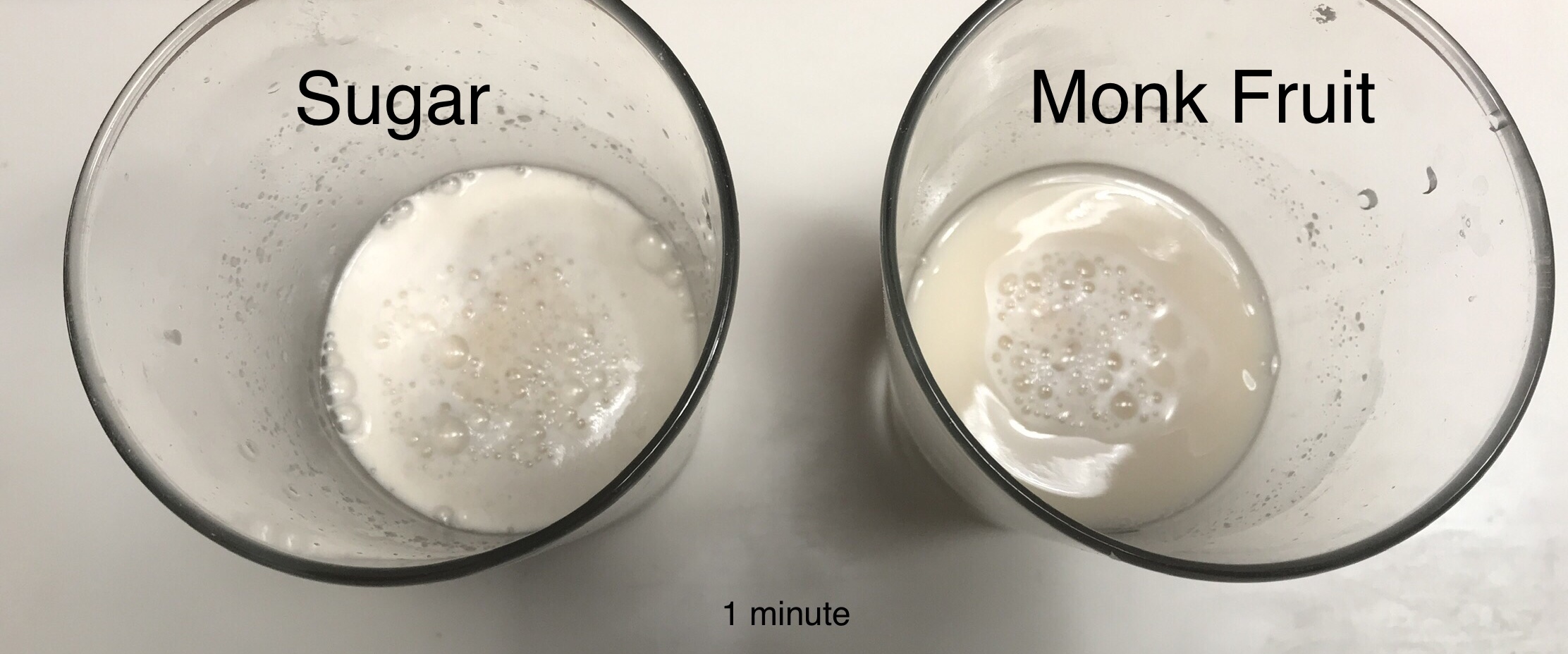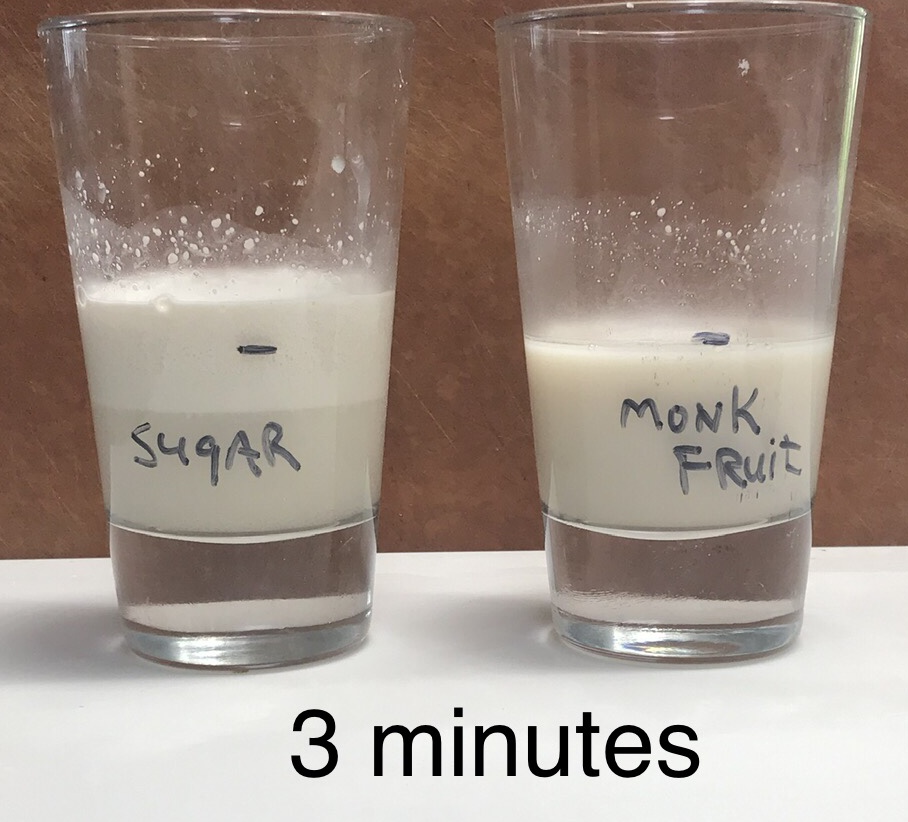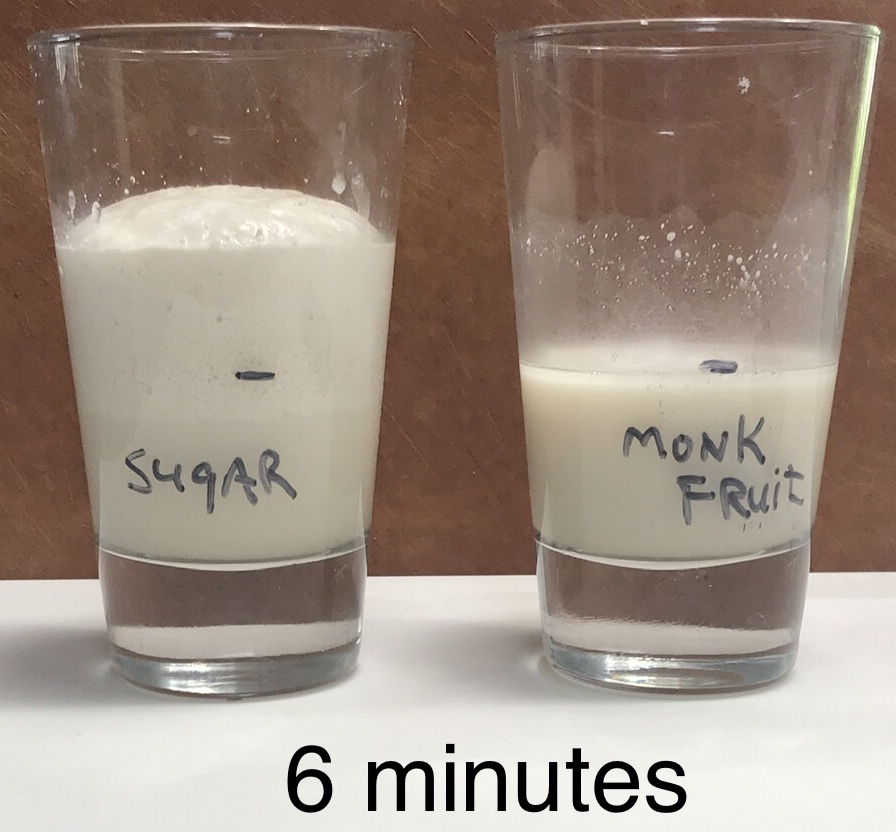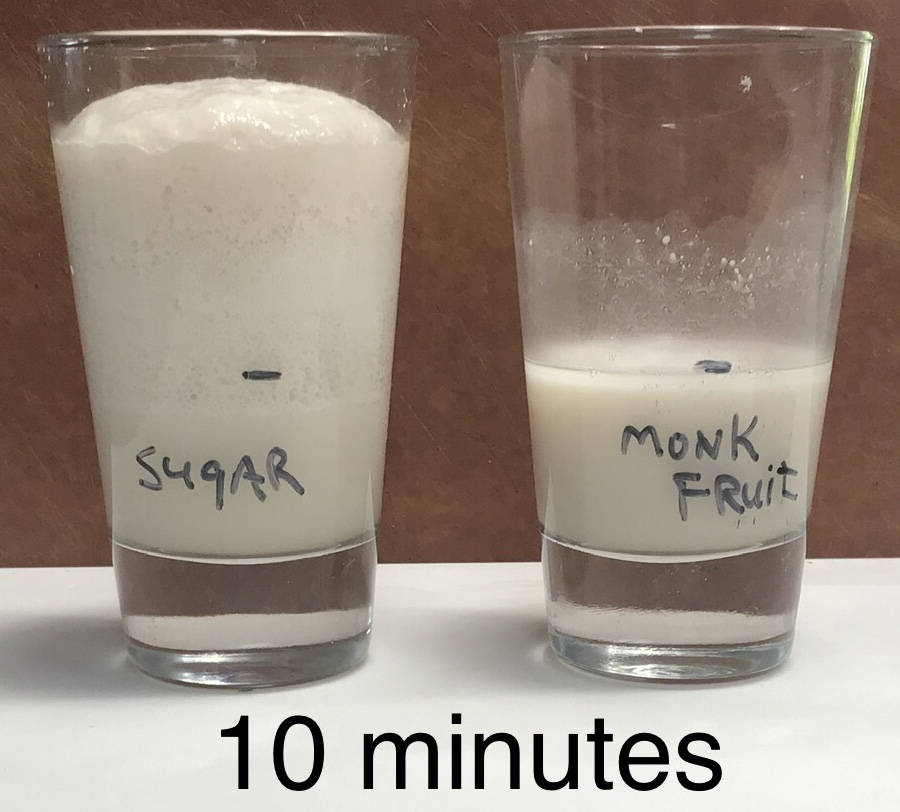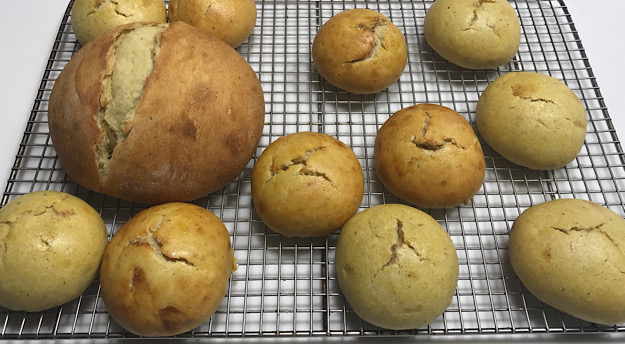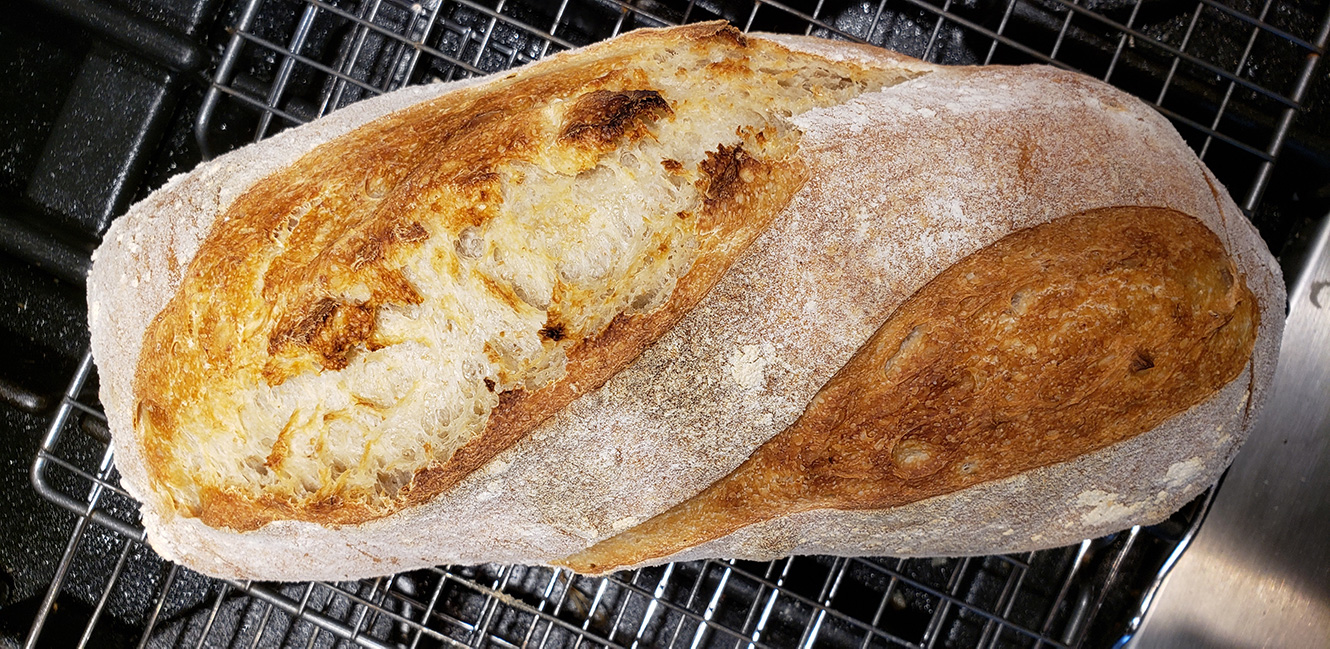
Proofing issue?

Hey guys!
I’m having a really hard time with this and could use some help. I am currently making burger buns around 100 grams with multiple doughs (all have 1% instant active yeast). I’m constantly getting large air pockets at the top of SOME of the buns, I would say about 20-30%. I mix the dough till fully developed, let rise for 2-3 hours then cold ferment the dough overnight till the next morning where I shape proof and bake. I don’t feel or see any large air pockets when shaping. I have tried warm and ambient temp proofs but all still have air pockets.
please advise!
thank you very much!!!!



